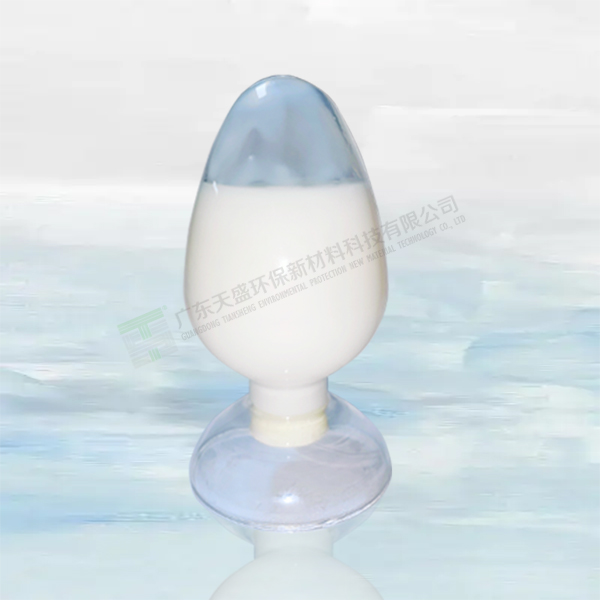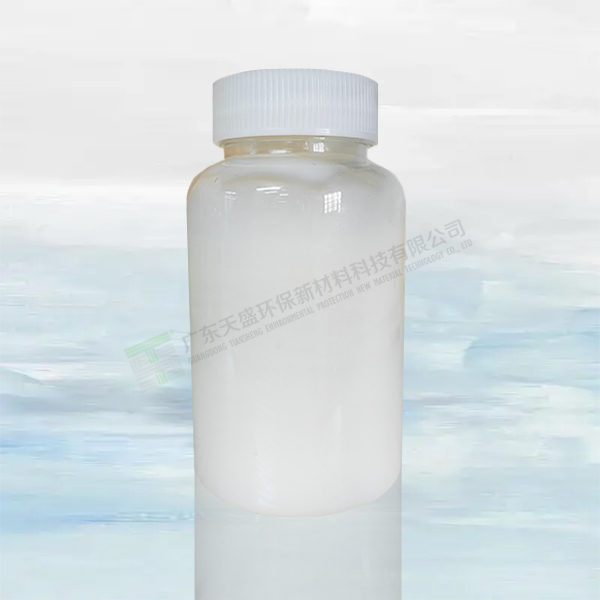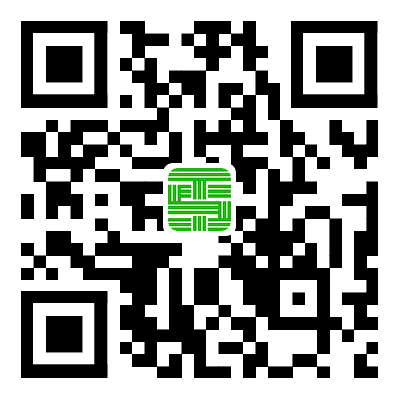

The growth of microorganisms on textiles can lead to issues such as functionality, hygiene, and aesthetics. The unpleasant odor, spread of bacteria, pollution, and degradation of textiles on intimate clothing such as socks are all adverse effects caused by microbial attacks:
Photocatalyst is a general term for photocatalytic semiconductor materials represented by nanoscale iron dioxide. Under the action of ultraviolet and visible light, photocatalysts convert light energy into chemical energy, generating highly chemically active light radical radicals (· 0H) and superoxide anion (· 02), which can effectively kill various bacteria and decompose toxins released by bacteria or fungi and treat them harmless; At the same time, it also has functions such as formaldehyde removal, deodorization, anti pollution, and air purification
The chemical structure of silver determines its high catalytic ability, and the reduction potential of highly oxidized silver is extremely high, which is sufficient to generate atomic oxygen in the surrounding space. Atomic oxygen has strong oxidizing properties and can be sterilized. Ag+can strongly attract the base (- SH) on the protease in the bacterial body, quickly binding to it, causing the protease to lose its activity and leading to bacterial death. After the bacteria are killed by Ag+, Ag+dissociates from the bacterial body and then contacts with other colonies, repeating the above process, which may be the reason for the persistence of silver sterilization. According to the measurement, when the Ag+content in water is 0.01pp, it can completely kill the large bacteria in the water, and can maintain no new bacterial colonies for up to 90 days
RD33 is an antibacterial system product of nano titanium dioxide negative silver ions, which combines the advantages of high photocatalytic activity, low cost, non-toxicity, and silver based broad-spectrum efficiency of photocatalysts, making it difficult to develop antibiotic resistance. Simultaneously depositing silver ions on the surface of nano titanium dioxide, utilizing the photocatalytic performance of nano titanium dioxide to reduce or even avoid the oxidation color change of silver components under light conditions. It is an efficient antibacterial agent that combines the advantages of silver ions and photocatalysts, making up for the shortcomings of both
Clothing: underwear, pants, village shirt, pants, jacket, sweater, cargo pants, sportswear, work clothes, socks
Home textile: furniture decoration, curtains, bath towels, dishwashing cloth, spring cloth, wiping cloth, bathrobe, napkin
Bedding: Mattress, Pillow Cover, Bed Sheet, Quilt Cover
Protection: mask protective clothing
1) Reference dosage: Depending on the processed textiles, different usage methods, and desired effects, RD33: 20-60g/L
2) Instructions for use: RD33 may experience layering after being placed for a period of time, but mixing evenly does not affect the effect. Before use, it is necessary to mix evenly
3) Application method: immersion rolling method
4) Application examples:
Dip rolling finishing (RD33 needs to be stirred and completely dispersed in water before adding fabric, and there are no insoluble particles before finishing) RD33: 20-60g/L
Soaking and drying (general drying temperature) - shaping
1. RD33 should be stored in a cool and dry place, avoiding direct sunlight:
2. In general, RD33 is used as the final step for organizing:
3. RD33 belongs to the anionic and non ionic type, and it is generally not recommended to bath with cationic aids (such as waterproofing agents, active fixing agents, silicone oil, etc.). If cationic aids need to be sorted, it is recommended to first sort the antibacterial agent before sorting the cationic aids (to prevent the cationic aids from falling off and reacting with the antibacterial agent)
4. RD33 is an antibacterial agent used to maintain fabric freshness, reduce odor, and provide fabric protection
About
Brief introduction Application Certificate Laboratory Connectproduct
Post finishing agent Enzymatic water Brightener Printing/Coating Additives MoreNews
Dynamic Lnformation Common
Mobile website

TRL:+86 0769-88124837
Chinese mailbox:dgtshdrl@163.com
English mailbox:postmaster@tianshengchem.com
Guangdong Tiansheng Environmental Protection New Material Technology Co., Ltd. Copyright © 2023 all rights reserved